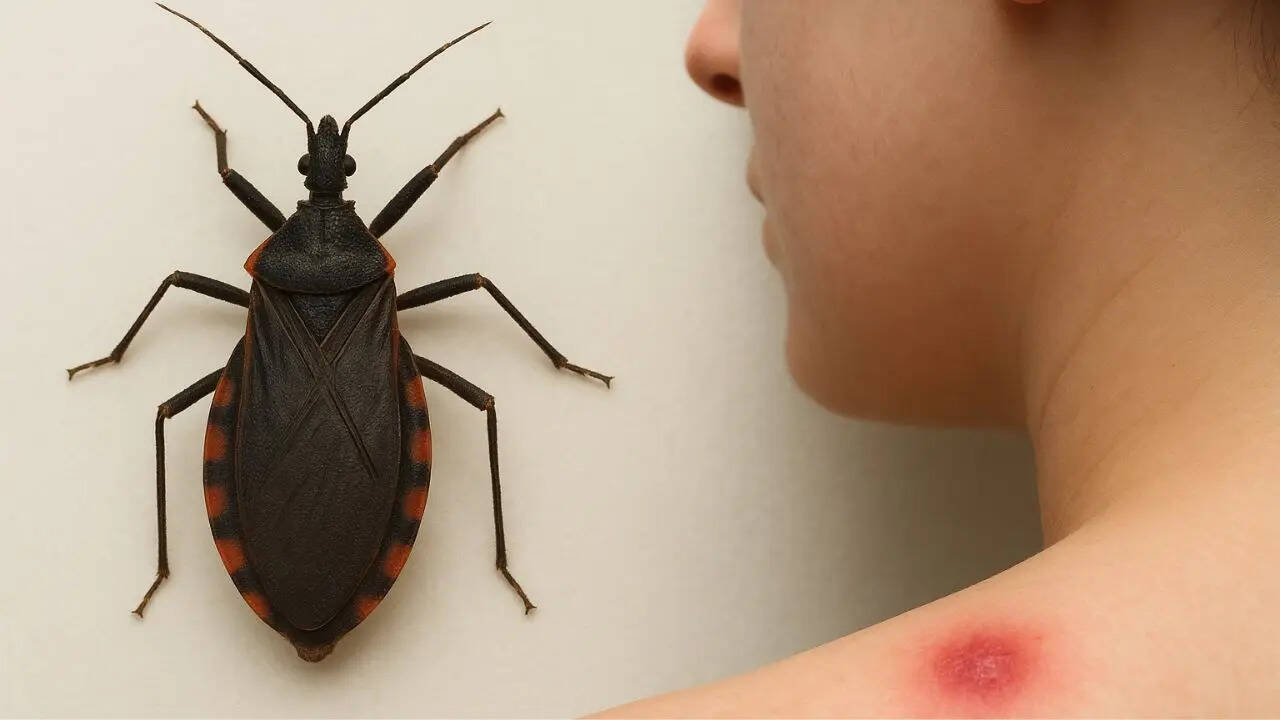‘Kissing Bug’ Endemic In US: What You Need To Know About Chagas Disease, Is it Contagious?

(Credit- Canva)
SummaryChagas Disease: Although it may not seem serious, do not let the name fool you. The kissing bug disease, Chagas, has been declared a public health epidemic in the US. This potentially deadly disease does not have many symptoms and without early intervention, it is impossible to help a person who has been bitten.
End of Article
